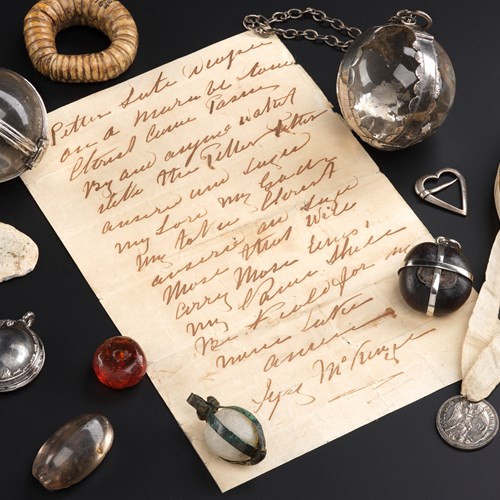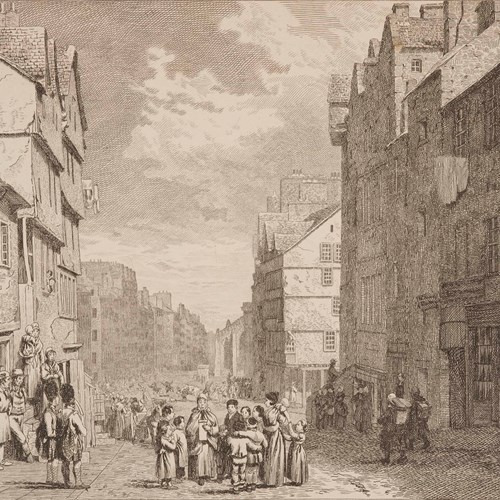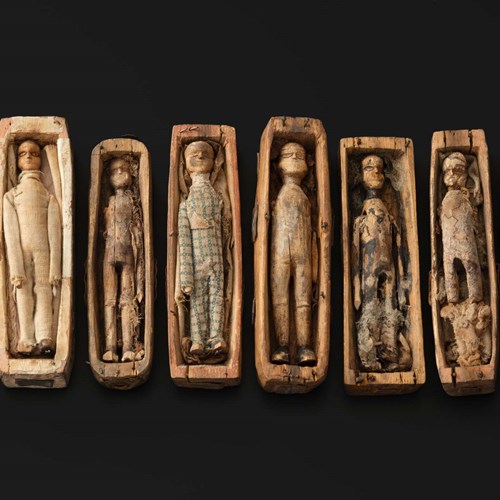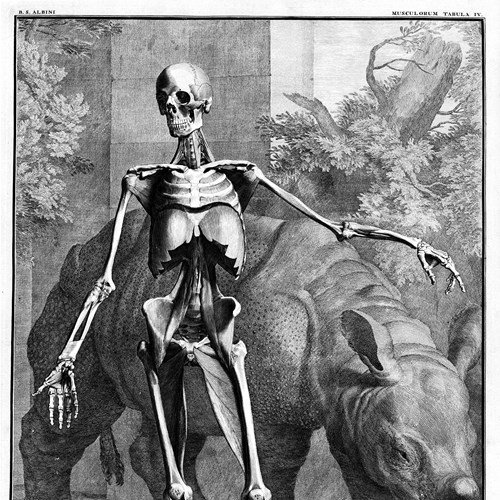Anatomy: A Matter of Death and Life
2 Jul - 30 Oct 2022
Ticketed, Members free
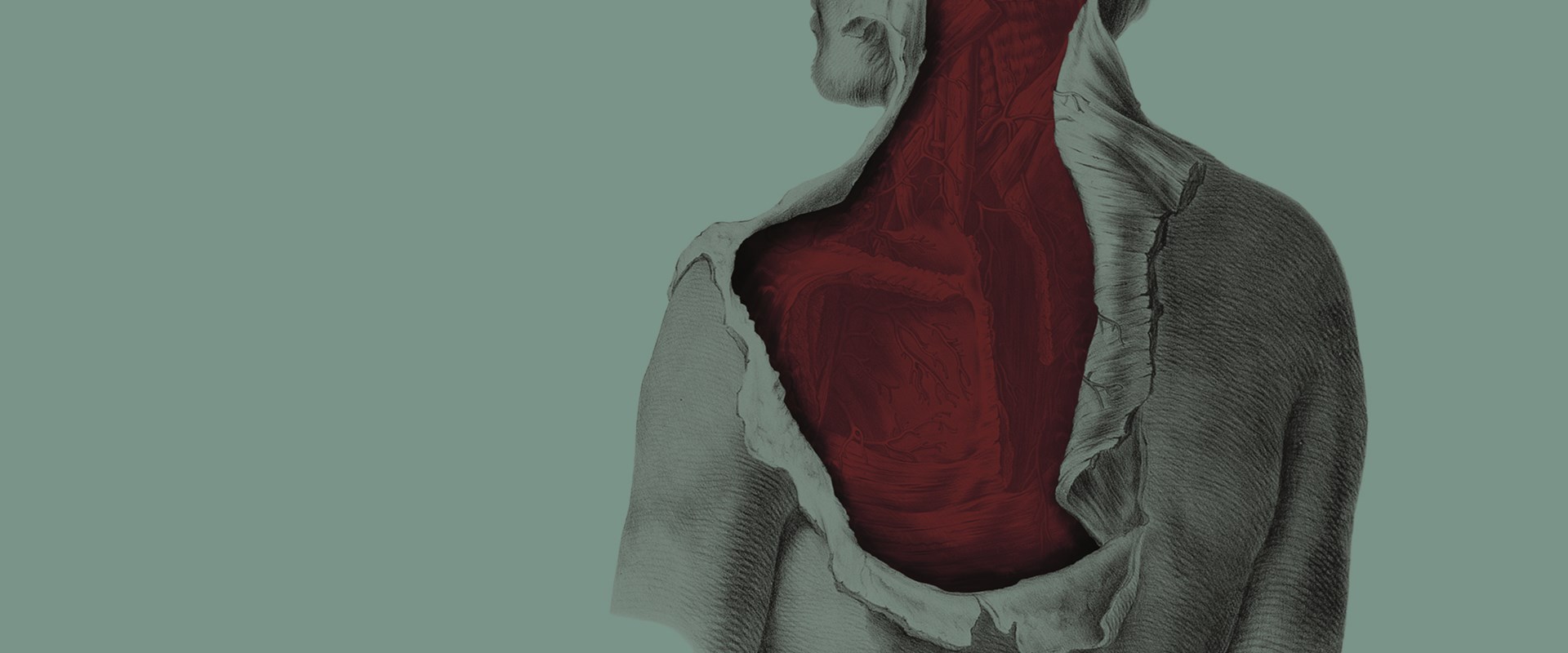
Image adapted from a lithograph by J. Maclise, 1841/1844. Credit: Wellcome Collection
Image adapted from a lithograph by J. Maclise, 1841/1844. Credit: Wellcome Collection
This exhibition explored the history of anatomical study, from artistic explorations by Leonardo da Vinci to the Burke and Hare murders.
Charting 500 years of medical exploration, the exhibition considers the social and medical history surrounding the dissection of human bodies. Discover the role anatomy played in the Enlightenment, uncover the links between science and crime in the early 19th century, and consider approaches to anatomical study today.
Date
2 July - 30 Oct 2022
Time
All day, 10:00 until 17:00
Location
Exhibition Gallery 1, Level 3
Pricing
National Museums Scotland Members - Free
Adult - £10
Over 60s - £8.50
Student, Unemployed, Disabled, Young Scot - £7.50
Under 16s - Free
In the 18th century, Edinburgh developed into the UK’s leading centre for medical teaching and the demand for human bodies to dissect vastly outstripped legitimate supply. The exhibition examines the circumstances that gave rise to the Burke and Hare murders in 1828, and explores the changing practices and attitudes around body provision in the two centuries that followed.
"...Summer’s must-see exhibition..."
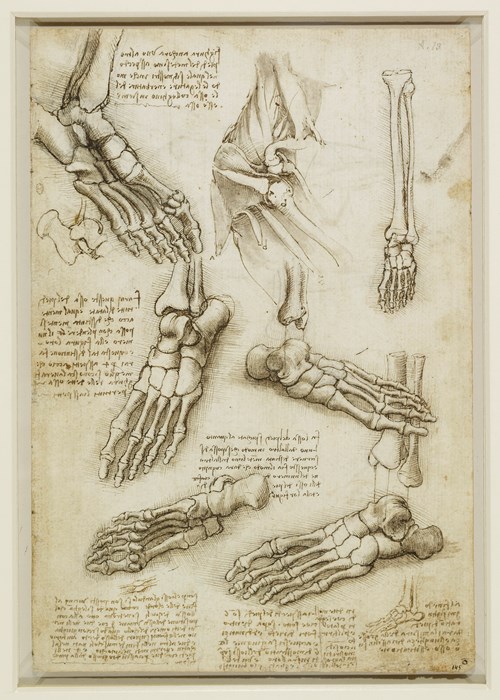
The bones of the foot and the shoulder by Leonardo da Vinci, c1510 - 1511. Royal Collection Trust © Her Majesty Queen Elizabeth II 2022.
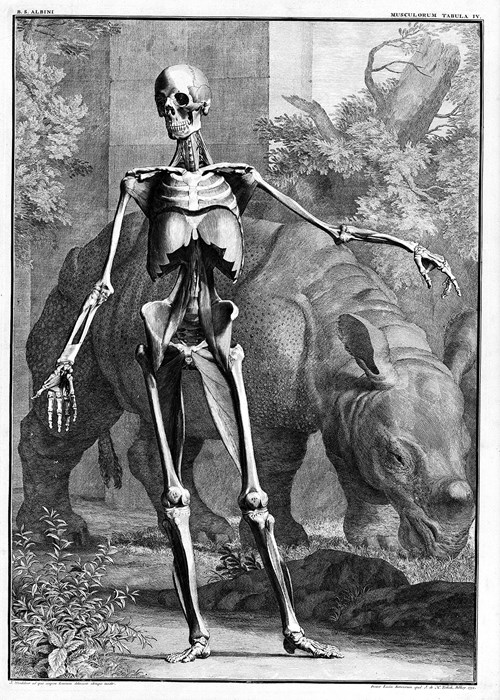
Illustration from Tabulae sceleti et musculorum corporis humani, Bernhard Siegfried Albinus, 1747. Credit: Wellcome Collection.
"...Gripping...⭐⭐⭐⭐"
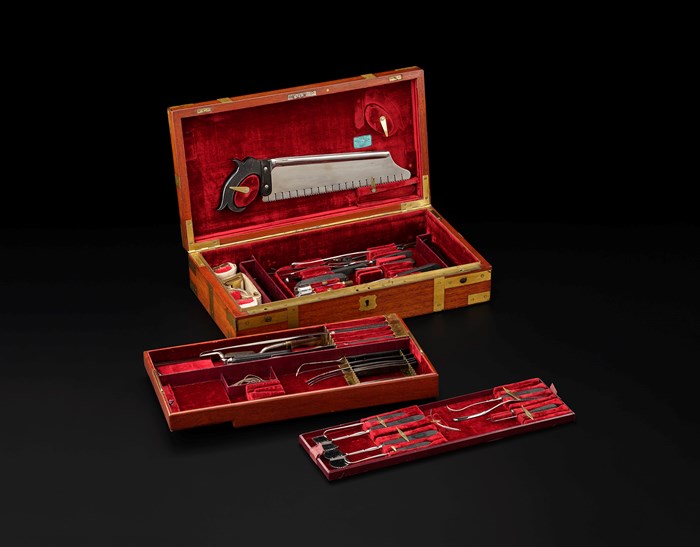
Surgical instruments designed by John Weiss, razor maker to the King, 1823-37.
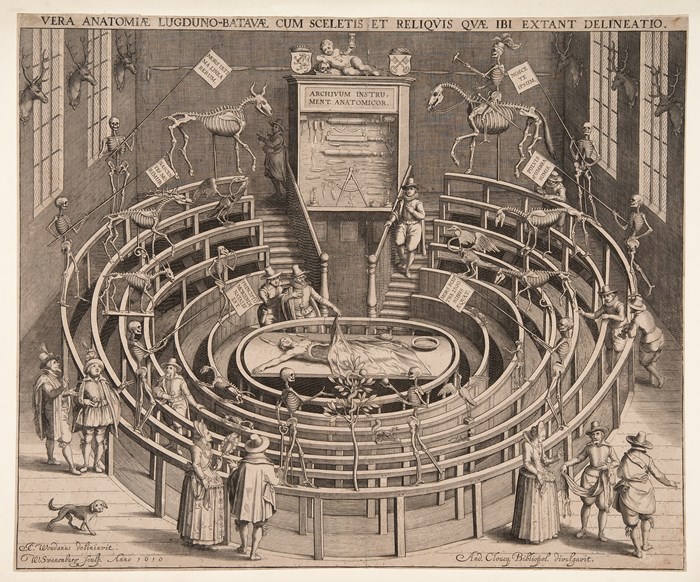
Etching of the anatomy theatre at the University of Leiden by Willem van Swanenburg after Jan Cornelisz, 1610. On loan from the Royal College of Physicians, all rights reserved.
"...First-rate exhibition...⭐⭐⭐⭐"
History and science collide in this fascinating story. See exquisite early examples of anatomical art, a full-body papier-mâché model produced in the workshops of pioneering 19th century model maker Louis Auzoux, and William Burke’s skeleton and handwritten confession. National Museums Scotland’s own collections on display include a ‘mort safe’, a heavy iron box placed over a coffin to deter would-be body snatchers, and the Arthur's Seat miniature coffins.
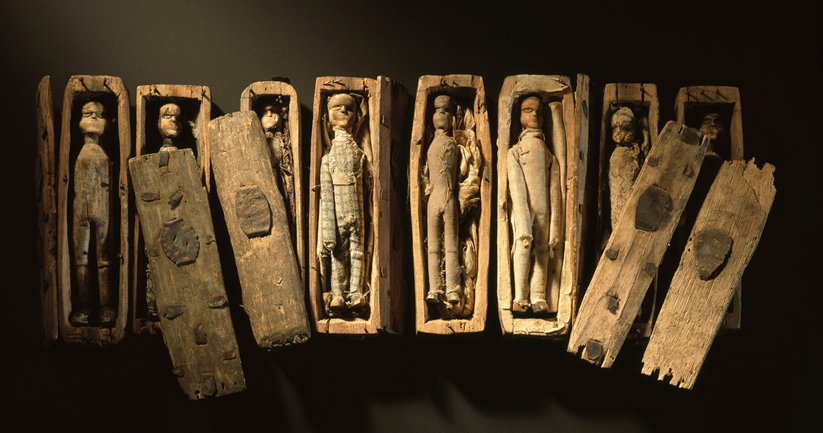
Collection of miniature coffins with lids and carved figures, found in 1836.
"...It’s exhilarating to be taken on a 500-year journey through humanity’s evolving understanding of the body..."
"...shocking" "gruesome" "brings the whole story closer...
⭐⭐⭐⭐"
Become a Member
Join now and get free entry to this exhibition and much more, all while supporting the work of our museums.
Become a Member| Sponsored by |  |
Plan your visit to National Museum of Scotland
National Museum of Scotland
Chambers Street
Edinburgh
EH1 1JF
We want everyone who comes to our museums to enjoy their time with us and make the most of their visit.
- There is level access to the Museum via the main doors to the Entrance Hall on Chambers Street and the Tower entrance at the corner of Chambers Street and George IV Bridge.
- Lifts are available to all floors and accessible toilets are available on most floors, as well as a Changing Places (U) toilet in the Entrance Hall on Level 0.
- There is an induction loop in the Auditorium.
- Guide dogs, hearing dogs and other recognised assistance dogs are admitted.
Find out more about our access information.

